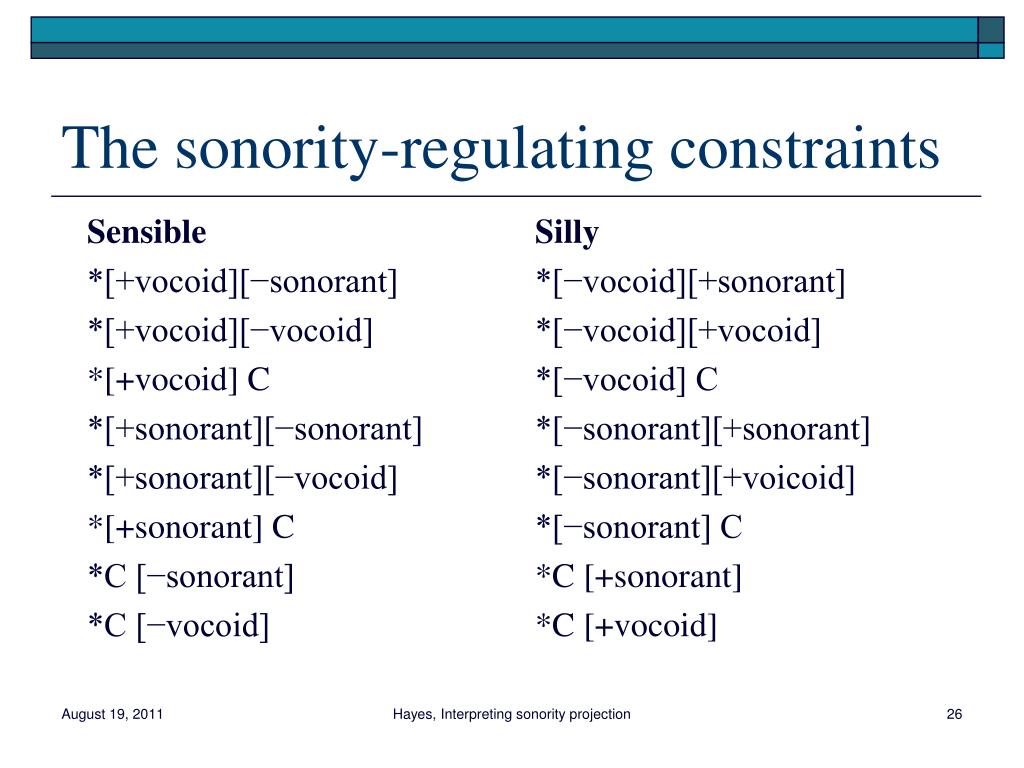

On it, their contrasting musical personalities craft a thrilling and eloquent dialogue. Hall and Rollins’s interplay on the resulting album “The Bridge,” from 1962, is justly lauded.

Hall’s extraordinary contributions to the work of these West Coast experimentalists got the attention of one of New York’s jazz titans, Sonny Rollins, who brought him into a new quartet following a self-imposed sabbatical. Next, he joined the Jimmy Giuffre 3, where his guitar and the leader’s clarinet and saxophones were joined by either acoustic bass or Bob Brookmeyer’s valve trombone, freely exploring both folksy lyricism and extended compositional structure. He was a founding member of an innovative quintet of the drummer Chico Hamilton (whose death, a few weeks ago, was another great loss to the world of creative music), a group that brought chamber-music sonority, with flute and cello, to collective improvisation. Starting in the mid-nineteen-fifties, Hall participated in a decade of quietly revolutionary collaborations. Rather, his guitar playing proved that an instrument’s role could be as improvisatory as the music itself, fluidly shifting definition to meet the creative demands of the moment. Though his style was influenced by the lush sounds of his favorite tenor saxophonists, he was not trying to imitate a horn player, nor was he consciously trying to take over for the piano. Jim Hall carved out a new place for the instrument, hybridizing the preëxisting responsibilities of the soloist and the harmonic or rhythmic support. In the following generation, virtuosic musicians like Django Reinhardt and Charlie Christian brought it to the soloists’ table, where the guitar functioned like a horn, usually with the support of another guitarist or a pianist in the rhythm section. Cyr providing the beat for Louis Armstrong’s Hot Fives and the masterful Freddie Green locking in Count Basie’s swing. In the hands of its earliest pioneers, the guitar (or the banjo) served a predominantly rhythmic function, with Johnny St.

While the guitar has been the driving instrument of rock and roll and the blues, it has stayed in the margins of jazz history, overshadowed by trumpets and saxophones and pianos, its role somewhat undefined. But I have never met a musician, listener, or critic who didn’t love Jim Hall, who died yesterday at the age of eighty-three. True consensus emerges as rarely as it does in Washington, D.C. In the often fractured and contentious world of jazz appreciation (proving once again how the most rarefied niches carry the most outsized passions), very few contemporary artists are embraced by traditionalists and experimentalists alike.


 0 kommentar(er)
0 kommentar(er)
